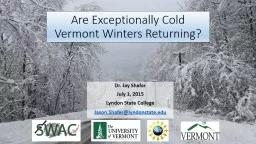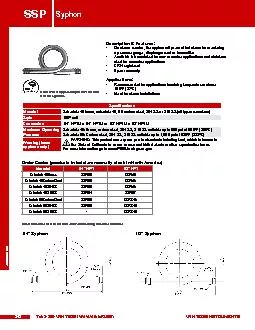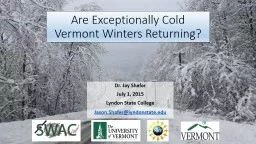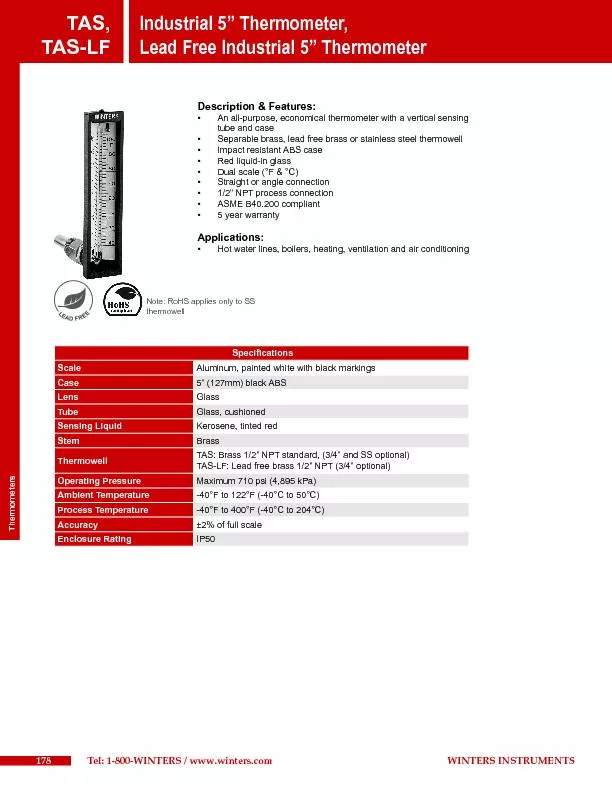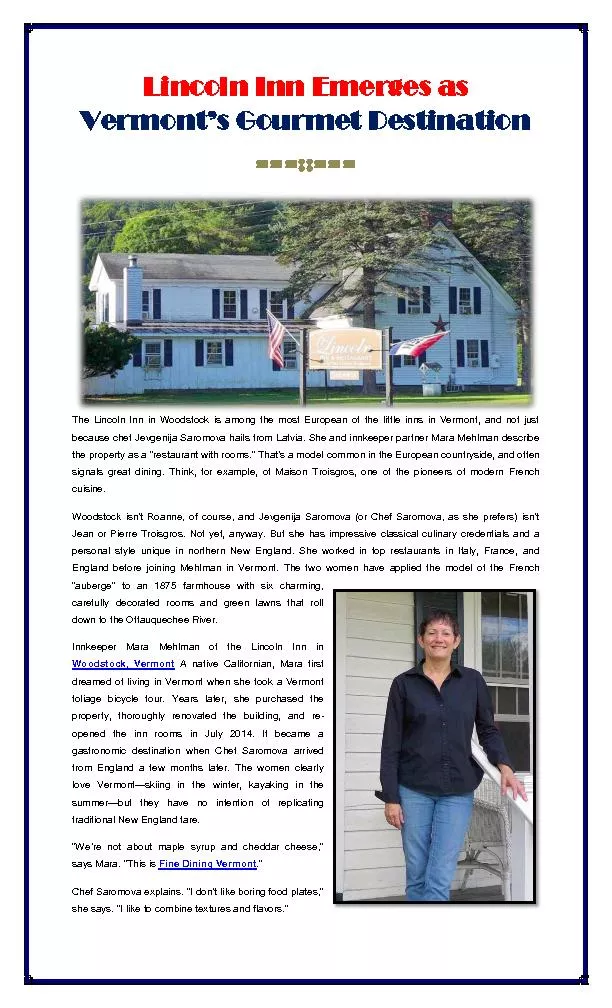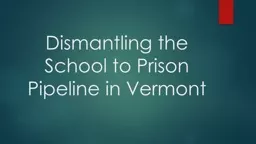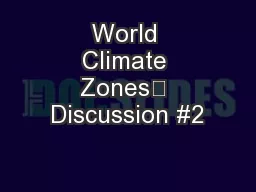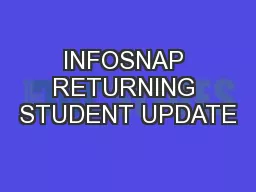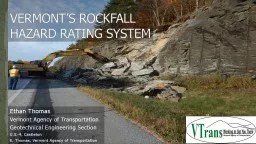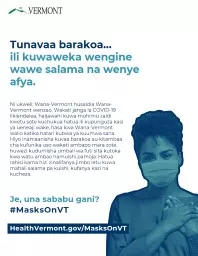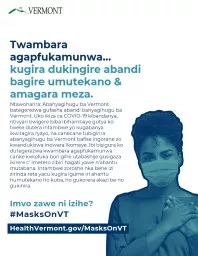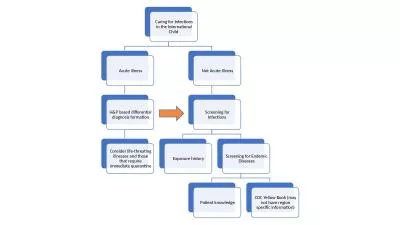PPT-Are Exceptionally Cold Vermont Winters Returning?
Author : pamella-moone | Published Date : 2020-01-26
Are Exceptionally Cold Vermont Winters Returning Dr Jay Shafer July 1 2015 Lyndon State College JasonShaferlyndonstateedu 1 Description The winters of 201314 and
Presentation Embed Code
Download Presentation
Download Presentation The PPT/PDF document "Are Exceptionally Cold Vermont Winters R..." is the property of its rightful owner. Permission is granted to download and print the materials on this website for personal, non-commercial use only, and to display it on your personal computer provided you do not modify the materials and that you retain all copyright notices contained in the materials. By downloading content from our website, you accept the terms of this agreement.
Are Exceptionally Cold Vermont Winters Returning?: Transcript
Download Rules Of Document
"Are Exceptionally Cold Vermont Winters Returning?"The content belongs to its owner. You may download and print it for personal use, without modification, and keep all copyright notices. By downloading, you agree to these terms.
Related Documents

